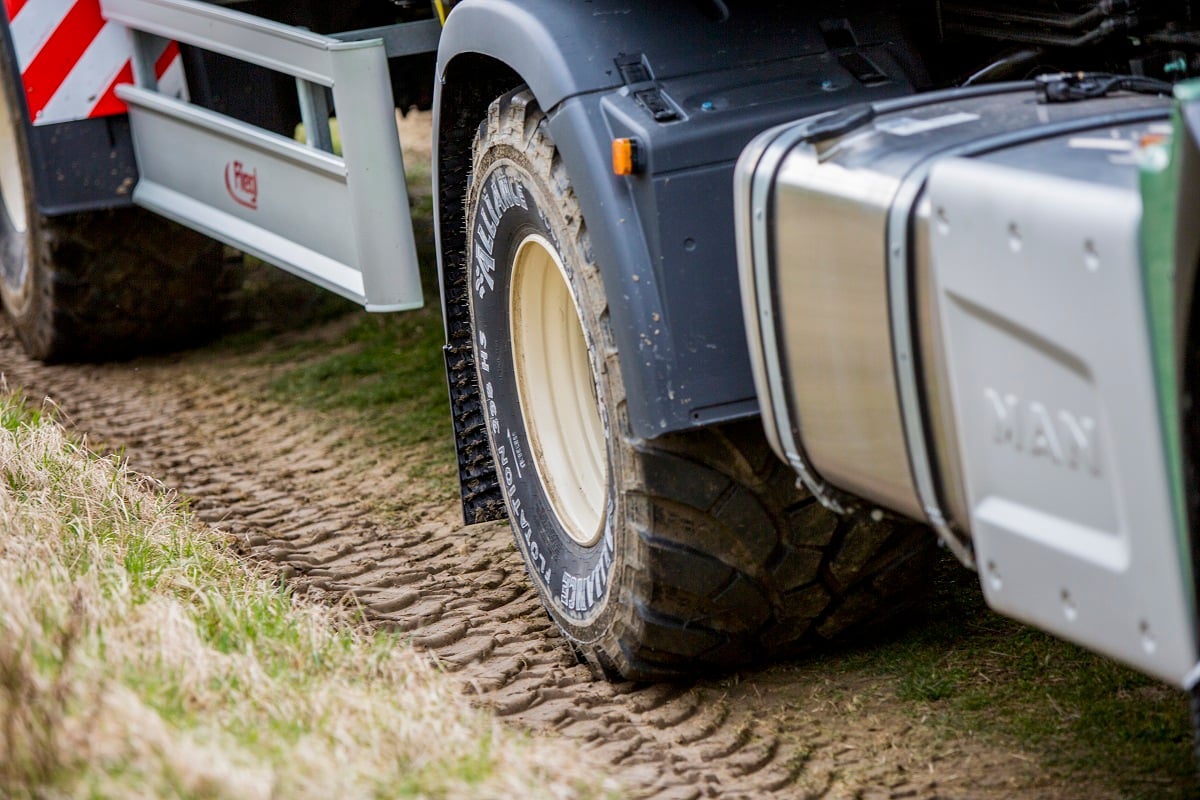Nine Tips to Minimize Field Ruts
Field ruts create a plethora of issues for farmers—they increase wear and tear on equipment, reduce operator comfort, and can indicate soil compaction. Furthermore, water can create channels and result in the erosion of valuable soil. Need another compelling reason to control ruts? A Minnesota State University Extension educator found that ruts led to a 17% decrease in yield in observation fields.
The best way to deal with ruts is to mitigate the issues that cause them in the first place.
Nine Tips to Minimize Field Ruts
- Avoid Saturated Soils. Wet soil is more susceptible to rutting than dry soil. If possible, keep farm equipment off fields when saturated (i.e., when all the soil’s pores are filled with water). Saturated fields are more vulnerable to heavy equipment damaging soil structure and decreasing pore space.
There are a variety of soil types in the U.S. and some are more prone to rutting than others. Generally, heavier soils like clay and loam compact more easily than light soils such as sand. Know the soil type, how prone it is to rutting, and act accordingly.
- Test the Soil. While many farmers use the “step test”—that is, they step into the field and if they don’t sink up to their ankles, will try to get working—a few better methods for assessing soil moisture conditions are the:
- Ball test: collect soil from an area between ruts and mold it into a ball. Throw the ball in the air. If the ball stays intact until it hits the ground, the field is too wet for equipment.
- Ribbon test: take a soil sample from an area between ruts and squeeze/shape it into a ribbon. If the ribbon extends beyond two or three inches before breaking, the soil is too wet for equipment.
- Build Healthy Soil. The healthier the soil, the more resistant it is to rutting. Healthy soil benefits from better infiltration of water, faster drainage, and stronger structure—ultimately allowing healthy fields to dry faster and stand up to heavy equipment better.
- Control Traffic. Creating dedicated traffic lanes won’t eliminate ruts, but it is a popular strategy for controlling them—it limits them to particular areas and keeps wheeled traffic away from less-disturbed soils. Many farmers in Australia and Europe size all their equipment to follow the same wheel tracks in an effort to concentrate traffic, a system called “tramlines.”
- Reduce Heavy Loads. If a field is wet, consider reducing max load by not topping off combines and carts to help protect at-risk soil and preserve future yield.
- Take Advantage of Low-Pressure Tires. Radial tires are able to operate at lower inflation pressure and produce a wider footprint than bias tires—enabling them to provide more traction and spread the weight of heavy equipment over a larger area to reduce the odds of creating ruts. VF tires offer even more of an advantage, as they’re able to operate at up to 40% less inflation pressure than a conventional radial while carrying the same load as a conventional radial.
To harness the benefits of radial and VF tires, it’s critical that they’re inflated to the proper pressure. Consult the tire manufacturer’s speed and load tables or work with your local dealer to calculate the optimal inflation pressure for your tires.
- Benefit from Big Tires. Outfitting your equipment with the widest possible tires is another strategy for minimizing field ruts. OEMs sell optional wider tire and wheel packages which help better disperse the weight of equipment and reduce the chances of creating ruts—investing in them can help with everything from increasing traction and lowering fuel costs to reducing the amount of time spent fixing fields.
- Ditch the Duals. Replacing dual-tire setups on wagons and trucks with high-load, low-inflation pressure tires is another proven strategy for reducing rutting.
- Drainage and Tiling. Creating drainage is an option for places that always seem to stay wet. Digging drainage ditches and installing tile are two popular solutions for rerouting water, keeping fields dry, and controlling ruts.
Yokohama Off-Highway Tires America
Yokohama Off Highway Tires America’s Alliance brand is dedicated to helping farmers control ruts and soil compaction. Our Whole Farm Concept is a commitment to delivering a low-pressure VF tire for every piece of equipment that enters the field—whether it’s a planter in the spring, a sprayer in earlier summer, or a combine in the fall. Contact Yokohama Off-Highway Tires to learn more about our Whole Farm Concept and range of Alliance AgriFlex IF/VF tires.


